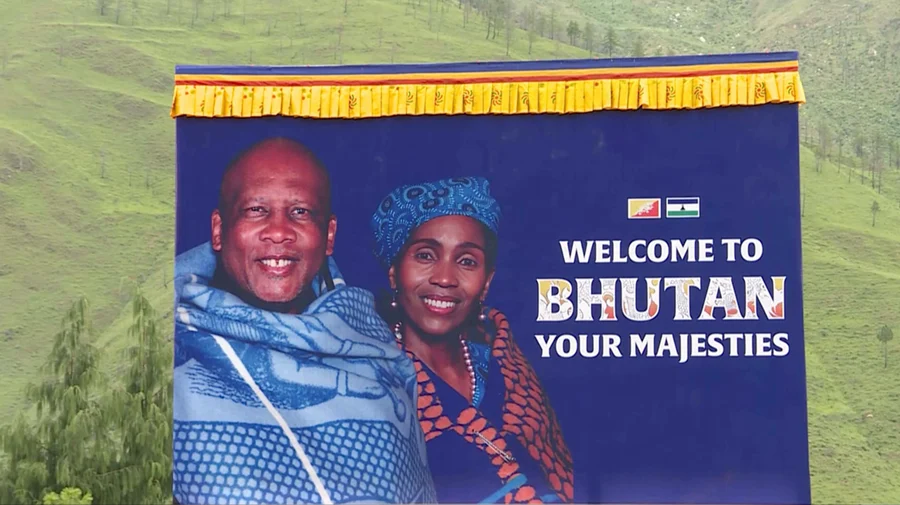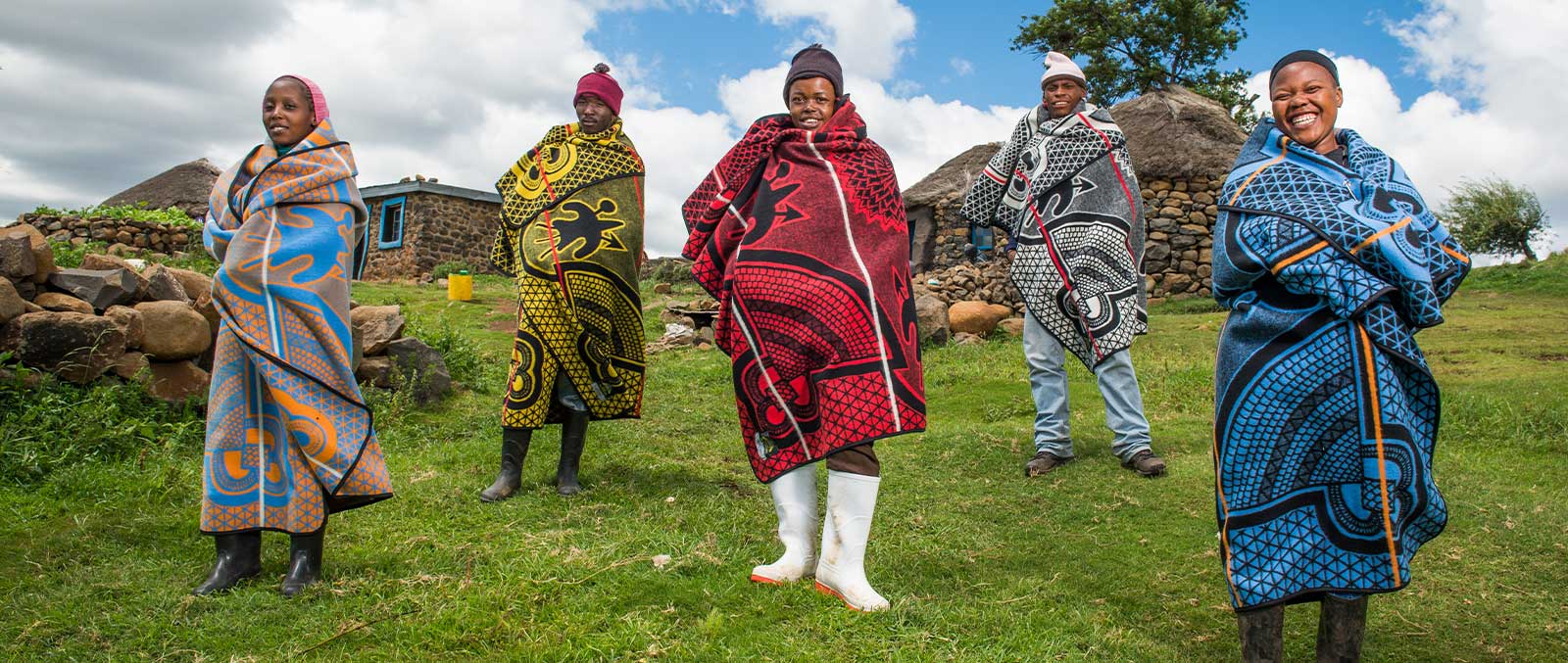
Here are five interesting facts about the Kingdom of Lesotho:
- High Altitude: Lesotho is the only country in the world that lies entirely above 1,000 meters (3,281 feet) in elevation. This makes it the highest country in the world by lowest point, with its lowest point being at about 1,400 meters (4,593 feet) above sea level.
- Enclave: Lesotho is completely surrounded by South Africa, making it one of only three countries in the world that are enclaves within another country (the other two are San Marino and Vatican City in Italy).
- Basotho Hat: The traditional hat of Lesotho, known as the Mokorotlo, is a symbol of the nation. Its conical shape, often resembling the country’s mountain peaks, is featured on the national flag and represents the rugged and mountainous terrain of Lesotho.
- Water Supplier: Lesotho is known as the “Kingdom in the Sky” and is a key water supplier to South Africa. The Lesotho Highlands Water Project (LHWP) is one of the largest infrastructure projects in Africa, which diverts water from Lesotho’s rivers to South Africa, providing a significant portion of South Africa’s water supply.
- Unique Climate: Despite being in Africa, Lesotho experiences a temperate climate with distinct seasons, including cold winters where snow is common in the highlands. The combination of high altitude and latitude gives Lesotho one of the coldest climates in Africa, with temperatures sometimes dropping below freezing in winter.

Here are five facts about the royal family of the Kingdom of Lesotho:
- Ancient Lineage: The royal family of Lesotho traces its lineage back to King Moshoeshoe I, who founded the Basotho nation in the early 19th century. He united various Sotho-speaking tribes under his leadership and established the Kingdom of Lesotho.
- Constitutional Monarchy: Lesotho operates as a constitutional monarchy, where the King (currently King Letsie III) serves as the ceremonial head of state. The day-to-day governance of the country is carried out by an elected Prime Minister and Parliament.
- King Letsie III: King Letsie III, the current monarch, ascended to the throne in 1996 after the death of his father, King Moshoeshoe II. Letsie III previously served as king from 1990 to 1995 when his father was in exile, and he has ruled since his re-ascension.
- King Moshoeshoe II’s Influence: King Moshoeshoe II, King Letsie III’s father, played a significant role in modern Lesotho’s history. He was an advocate for the independence of Lesotho from British rule, which was achieved in 1966. His reign was marked by political instability, including periods of exile and reinstatement.
- Royal Family’s Cultural Role: The royal family of Lesotho holds a significant place in the cultural and spiritual life of the Basotho people. The King is seen as a symbol of national unity, and the royal family is involved in traditional ceremonies and the preservation of Basotho heritage and customs.
Sneak peak into Bhutan vs Lesotho

The Basotho blanket, an iconic symbol of the Kingdom of Lesotho
The Basotho blanket, an iconic symbol of the Kingdom of Lesotho, has a rich history intertwined with the culture and identity of the Basotho people. Introduced in the late 19th century, these blankets are more than just clothing; they represent status, heritage, and tradition.
The story of the Basotho blanket began when King Moshoeshoe I, the founder of the Basotho nation, was gifted a woolen blanket by a British trader. The King was so impressed by its warmth and durability that he abandoned the traditional leopard skin kaross in favor of the blanket. His choice quickly set a trend among his people, and over time, the blanket became an integral part of Basotho dress.
These blankets are not only worn for warmth but also play a crucial role in various cultural ceremonies. They are used during important life events such as births, marriages, and funerals, and each design and color has specific meanings. For example, certain patterns are reserved for royalty, while others are worn by the general populace. The colors and motifs on the blankets often tell stories of historical events, natural elements, and spiritual beliefs, making each one a piece of wearable art.
The production of Basotho blankets has evolved over the years, with local manufacturers creating unique designs that honor both tradition and modernity. Despite the changes, the significance of the blanket remains unchanged, symbolizing unity, pride, and resilience among the Basotho people.
Today, the Basotho blanket is recognized worldwide as a symbol of Lesotho's rich cultural heritage, and it continues to be a vital part of the nation's identity.
